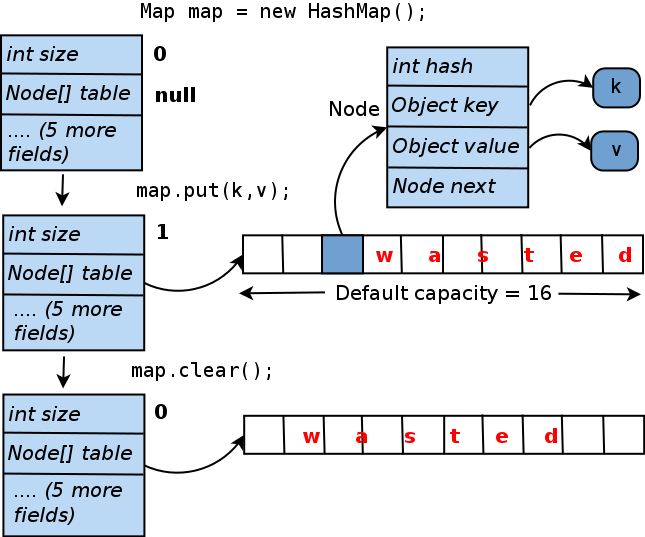
In this case we are going to replace them with 0.Matrix is a two dimensional data structure in R programming. In case you want to replace the values, you can detect the non-finite values using !is.finite and the NA values with the is.na function and then assign the values you want. # Remove all columns with non-finite valuesĬ You can remove the rows or the columns with non-finite values with the rowSums or colSums and is.finite functions. Consider, for instance, the following matrix: C <- matrix(c(14, NaN, 3, Inf, -5, 4, 1, NA), ncol = 4) Note that you can delete the rows or columns containing this values or replace them with other values. There are different types such that NA (Not Available), NaN (Not a Number) and Inf (Infinity) values. Sometimes you will need to deal with missing values. Remove NA, NaN and Inf values from matrix If you want to avoid this, set drop = FALSE. Note that when returning single rows or columns the output is a vector. 5 1 2 # First element of the first column dimnames(B) ]Īccessing matrix elements is similar to access dataframes in R. If you only want to return your column and row names you can use the dimnames function instead and access the elements of the list to get the row names or the column names. Moreover, with the attributes function you can access the dimension and the column and row labels of your matrices. Note that you could rename the matrix columns and rows the same way. Rownames(B) <- paste0("Row ", 1:nrow(B)) # EquivalentĬolnames(B) <- c("Column 1", "Column 2", "Column 3")Ĭolnames(B) <- paste0("Column ", 1:ncol(B)) # Equivalent You can assign names to the rows and columns of a matrix with the rownames and colnames functions. my_matrix <- matrix(1:12, ncol = 2, byrow = FALSE) Matrix(c("red", "green", "orange", "black"), ncol = 2) Īlso, you can know the dimensions of your matrix in R programming with the dim function. matrix(c(TRUE, TRUE, FALSE, TRUE), ncol = 2) Note you can use any data type inside a matrix, as long as they are homogeneous. Typeof(cbind(x, y)) # "double" # By columns # By rows Note that the output class can be checked with the class function and the class of the elements with the typeof function.

If you have data stored in vectors or in the columns of a data frame, you can use the cbind for column binding or rbind for row binding and the output will be of class matrix. Matrix(data, ncol = 2, byrow = TRUE) # By columns # By rows

Matrix(data, ncol = 2, nrow = 3) # Equivalent Matrix(data, ncol = 2, byrow = FALSE) # byrow = FALSE by default By default, the function will order the input by columns. Also, you can specify if the matrix is ordered by rows or by columns with the byrow argument. However, you can set the number of columns or the number of rows with the ncol and nrow arguments, respectively.

data <- 1:6Īs you can observe in the output the function will create by default a matrix of one column and as many rows as the length of the vector. The matrix function allows creating a matrix data structure in R programming language, passing a numeric, character or logical vector. 3 Remove NA, NaN and Inf values from matrix.1.1 Add and delete column to matrix in R.


 0 kommentar(er)
0 kommentar(er)
